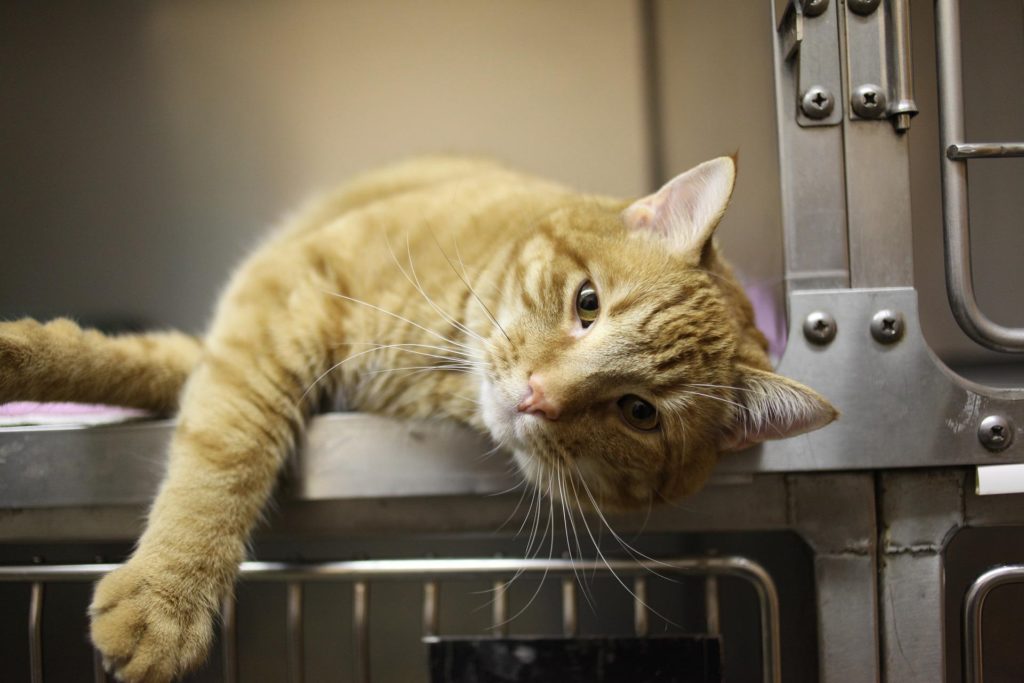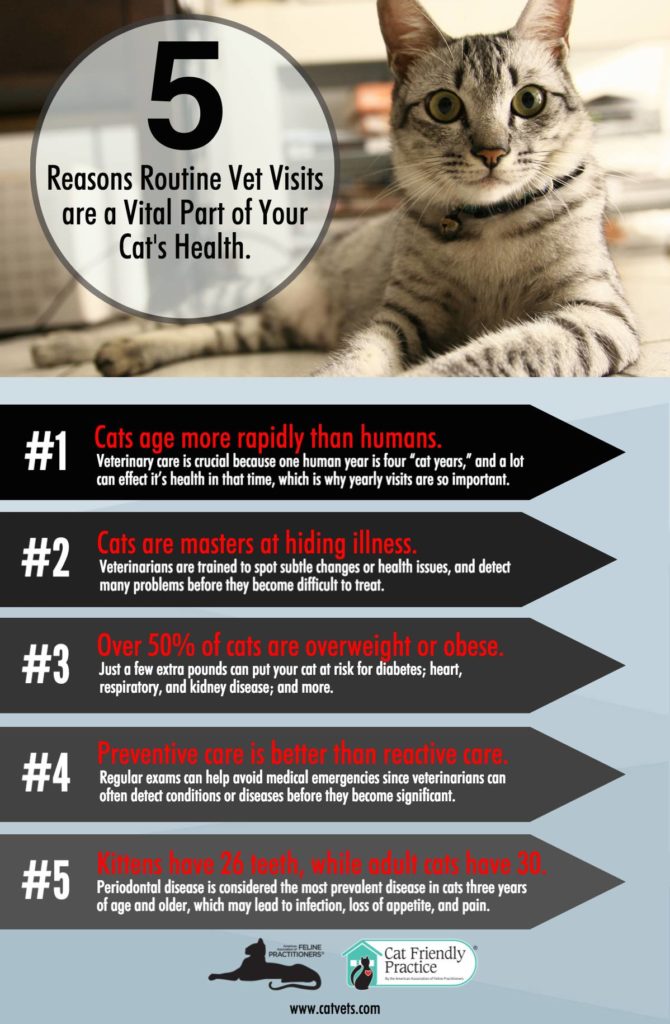Feline Osteoarthritis: What Your Cat is Not Telling You
August 22nd is National Take Your Cat to the Vet Day. We like to bring attention to this matter because the statistics for feline veterinary care are disparagingly low compared to dogs. According to one recent academic survey, only 20% of cat owners said they took their cat to the vet more than once a year, compared to 35% of dog owners. Additionally, 7% of cat owners said they never seek veterinary care, compared to 2% of dog owners. Likewise, in a targeted survey of pet owners conducted by the AVMA, only 48% of cat owners said they sought routine veterinary care for their cat, compared to 79% of dog owners. For the purpose of this blog, we will discuss feline osteoarthritis and why routine veterinary care is so important when it comes to managing this disease.
Cats Get Arthritis Too
It may surprise some to learn that a high percentage of cats will get or already have osteoarthritis (OA). According to one study, 91% of cats between 6 months and 20 years old have OA in at least one joint, as proven by X-rays. That being said, sometimes cats with OA have no visible changes on the X-rays. This is one of several reasons why osteoarthritis in cats can be difficult to diagnose.
Symptoms of Osteoarthritis in Cats

For years, osteoarthritis in cats has been underdiagnosed when compared to dogs. One reason for this is that cats with OA present with different symptoms than what we see in dogs. Because of their smaller size and natural agility, cats tend to tolerate bone and joint problems better than dogs. But there are specific symptoms to watch out for.
According to the FDA, “Clinical signs of osteoarthritis in cats include weight loss, loss of appetite, depression, change in general attitude, poor grooming habits, urination or defecation outside the litter pan, and inability to jump on and off objects.” Unlike dogs, cats do not commonly present with lameness or limping. Instead, they will be less willing to jump and/or have shorter jumps.
That being said, cats are masters at hiding their pain. Because it can be difficult to spot the signs of osteoarthritis in cats, routine veterinary care is essential. Your veterinarian will ask you questions about your cat’s behavior and will perform a comprehensive exam. Additionally, there are newer tools such as this checklist, that can help determine if your cat has OA.
Treatment for Osteoarthritis in Cats
Unfortunately, there are fewer treatment options for cats with osteoarthritis compared to dogs. Unlike dogs, cats do not tolerate nonsteroidal anti-inflammatory drugs (NSAIDs) or other pain medications very well. While there are some NSAIDs approved for short-term post-operative use in cats, there are currently no veterinary NSAIDs approved for safe, long-term use to control osteoarthritis pain in cats. There are some non-drug options including weight loss for overweight cats, increased exercise, as well as environmental accommodations such as elevated food bowls and more easily accessible litter boxes. But these are not the only non-drug treatment options available.
VetStem Cell Therapy for Osteoarthritis in Cats
VetStem Cell Therapy is a non-drug treatment option for osteoarthritis in cats, dogs, and horses. It can be particularly beneficial for cats, given that effective treatment options to control osteoarthritis pain are extremely limited. Stem cells have shown the ability to directly modulate pain and down-regulate inflammation. Additionally, stem cells can induce repair and stimulate regeneration of cartilage and other joint tissues. The beauty of VetStem Cell Therapy is that we are harnessing your pet’s own healing power, so it can be considered a natural and holistic approach to managing the symptoms of osteoarthritis.
If you are interested in having your pet treated with VetStem Cell Therapy, speak to your veterinarian or contact us to receive a list of VetStem providers in your area.


